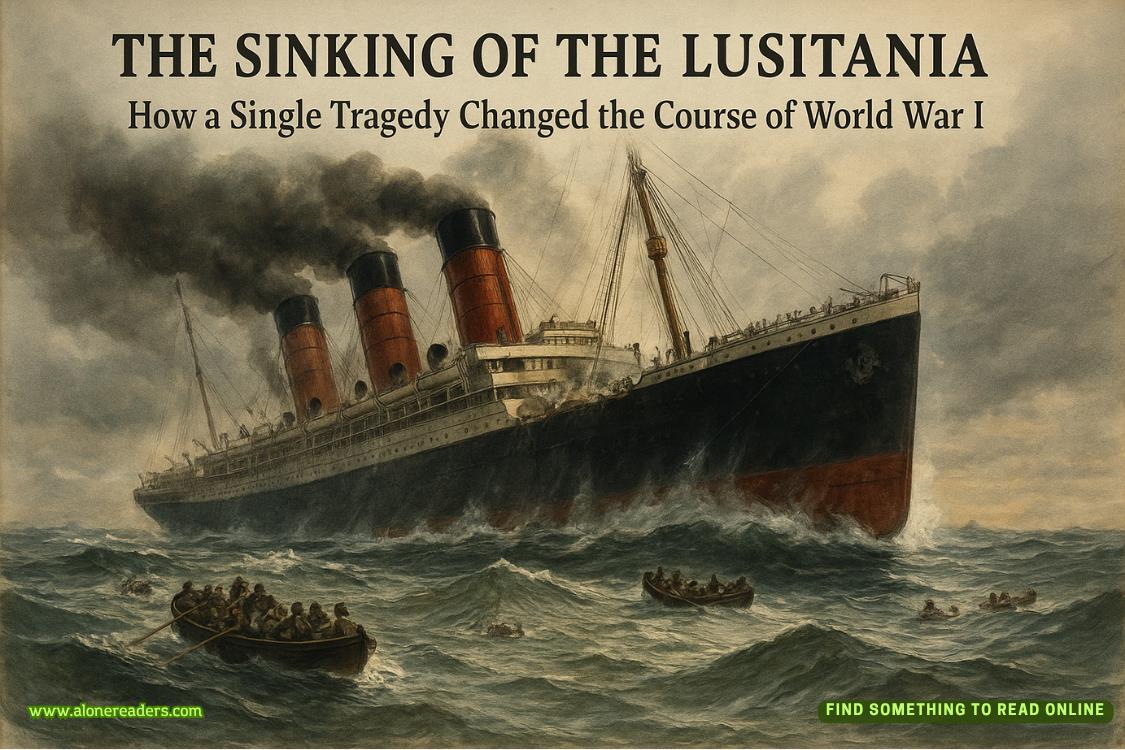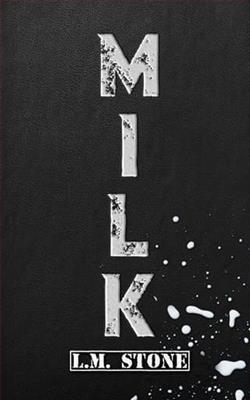Page 275 of A Column of Fire
Then Babington said: ‘He’s not here.’
*
NED WAS FRUSTRATEDto breaking point on the first day of February, 1587. He told Sylvie he was thinking of leaving the service of the queen. He would retire from court life, continue as member of Parliament for Kingsbridge, and help Sylvie run her bookshop. It would be a duller but happier life.
Elizabeth herself was the reason for his exasperation.
Ned had done everything possible to free Elizabeth from the menace of Mary Stuart. Mary was now imprisoned at Fotheringhay Castle in Northamptonshire and, although in the end she had been allowed to have her servants with her, Ned had made sure that the flinty Sir Amias Paulet also went with her to impose strict security. In October, the evidence he had assembled had been presented at Mary’s trial, and she had been convicted of treason. In November, Parliament had sentenced her to death. At the beginning of December, news of the sentence had been broadcast all over the country to general rejoicing. Walsingham had immediately drafted the death warrant Elizabeth would need to sign to authorize the execution. Ned’s old mentor William Cecil, now Lord Burghley, had approved the wording.
Almost two months later, Elizabeth still had not signed it.
To Ned’s surprise, Sylvie sympathized with Elizabeth. ‘She doesn’t want to kill a queen,’ she said. ‘It sets a bad precedent. She’s a queen herself. And she’s not the only one who feels that way. Every monarch in Europe will be outraged if she executes Mary. Who knows what revenge they may take?’
Ned could not see it like that. He had devoted his life to protecting Elizabeth, and he felt she was rejecting his efforts.
As if to support Sylvie’s point of view, ambassadors from both France and Scotland came to see Elizabeth at Greenwich Palace on 1 February to plead for Mary’s life. Elizabeth did not want to quarrel with either country. She had recently signed a peace pact with King James VI of Scotland, who was Mary’s son. On the other hand, Elizabeth’s own life was still under threat. In January, one William Stafford confessed to plotting to poison her. Walsingham had publicized this, making it seem closer to success than it had ever really come, in order to bolster public support for Mary’s execution. Exaggeration aside, it was still a chilling reminder that Elizabeth could never feel truly safe while Mary lived.
After the ambassadors had left, Ned decided to present Elizabeth with the death warrant again. Perhaps today she might be in the mood to sign it.
He was working with William Davison, who was standing in for Walsingham as secretary of state because Walsingham himself was ill. Davison agreed to Ned’s plan – all Elizabeth’s advisors were desperate for her to get it over with. Davison and Ned inserted the death warrant into the middle of a bundle of papers for her to sign.
Ned knew that Elizabeth would not be fooled by this little subterfuge. But she might pretend to be. He sensed that she was looking for a way to sign and then claim she had not intended to. If that was how she wanted it, he would make it easy for her.
She seemed in a good mood, he saw with relief when they entered the presence chamber. ‘Such mild weather for February,’ she said. The queen was often too hot. Sylvie said it was her age: she was fifty-three. ‘Are you well, Davison?’ she said. ‘Are you getting enough exercise? You work too hard.’
‘I’m very well, and your majesty is most kind to ask,’ said Davison.
She did not banter with Ned. She was aware that he was annoyed with her for prevarication. He could never hide his feelings from her. She knew him too well, perhaps as well as Sylvie did.
She had remarkable intuition, and now she gave a demonstration of it. Still addressing Davison, she said: ‘That bundle of papers you’re grasping to your bosom like a beloved child – does it include the death warrant?’
Ned felt foolish. He had no idea how she could have known.
‘Yes,’ Davison confessed.
‘Give it to me.’
Davison extracted the paper from the bundle and handed it to the queen, bowing as he did so. Ned half expected her to berate them for trying to slip it past her, but she did not. She read the document, holding it at arm’s length to compensate for her weakening eyesight. Then she said: ‘Bring me pen and ink.’
Astonished, Ned went to a side table and picked up what she needed.
Would she really sign it? Or was she still toying with him, the way she had toyed with all those European princes who had wanted to marry her? She never had married: perhaps she never would sign the death warrant of Mary Stuart.
She dipped the quill he gave her in the inkwell he held out. She hesitated, looked at him with a smile he could not interpret, then signed the warrant with a flourish.
Hardly able to believe that she had at last done it, Ned took the document from her and handed it to Davison.
She looked sad, and said: ‘Are you not sorry to see such a thing done?’
Davison said: ‘I prefer to see your majesty alive, even at the cost of the life of another queen.’
Good answer, Ned thought; reminding Elizabeth that Mary would kill her if she could.
She said: ‘Take that paper to the Lord Chancellor and have him affix the Great Seal.’
Even better, Ned thought; she was definitely in earnest.
‘Yes, your majesty,’ said Davison.















